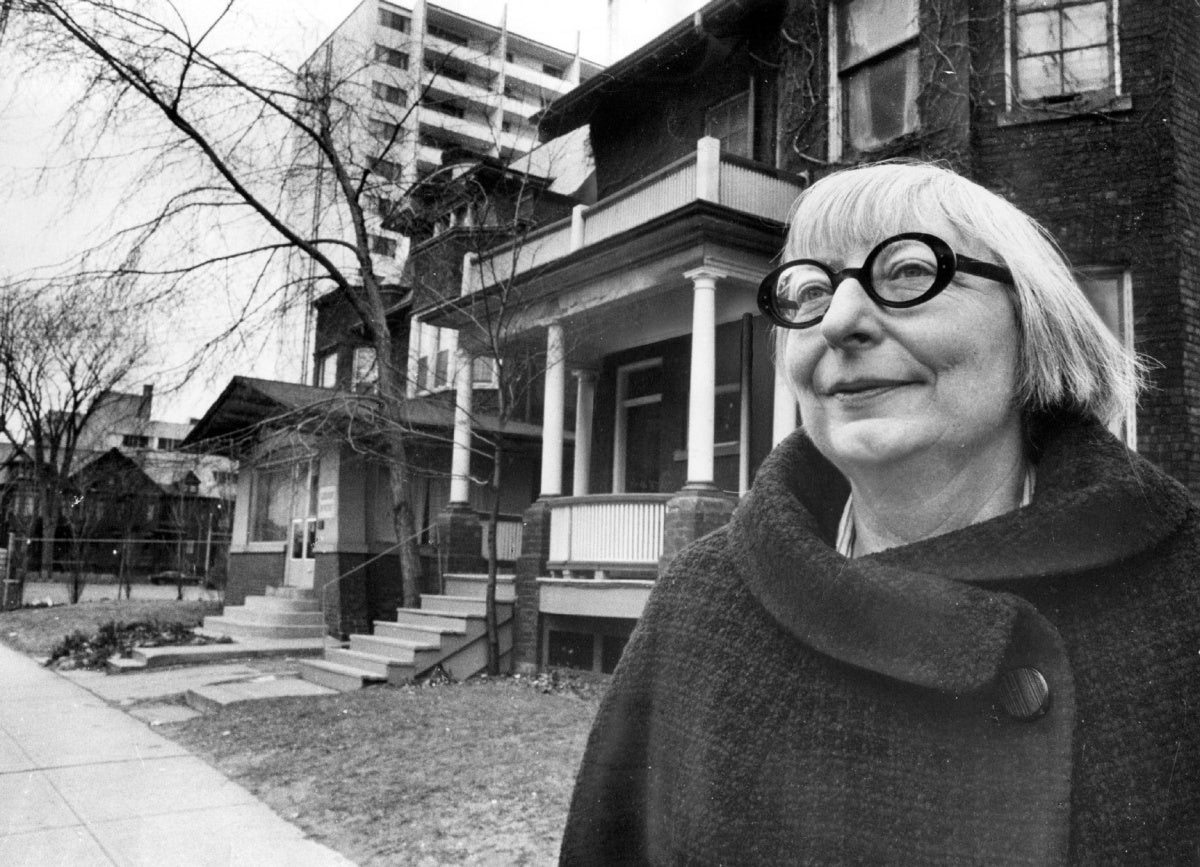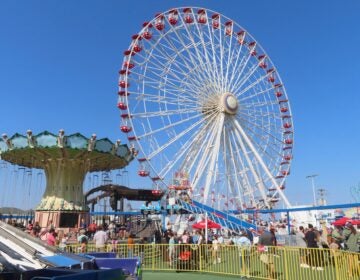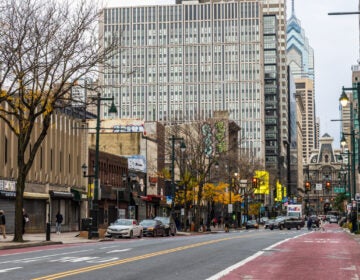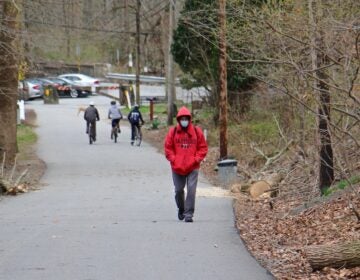Jane Jacobs and Philly’s four original squares

When Jane Jacobs published “The Death and Life of Great American Cities” in 1961, it was a self-aware indictment of the dominant thinking in city planning. Jacobs railed against top-down master planners for their hamfisted interventions that wrecked community, erased urban texture, and sacrificed the very foundational ideas that sustained city life for centuries. It came at the high-tide of urban renewal and Jacobs ordered the reader to tune back into the ways a city ticks, to see strength in a dynamic “sidewalk ballet”, in dense and deeply mixed-uses, and in the benefits of old and new buildings.
Jacobs compared the lives of Philadelphia’s four original park squares – Washington, Rittenhouse, Logan, and Franklin – in her chapter devoted to what makes some parks more successful than others.
“When Penn laid out the city, he placed at its center the square now occupied by City Hall, and at equal distances from this center he placed four residential squares. What has become of these four, all the same age, the same size, the same original use, and as nearly the same in presumed advantages of location as they could be made?
“Their fates are wildly different.”
As with a healthy city block, Jacobs argues great parks need diverse uses throughout the day, adding vitality to a neighborhood while serving as a common ground for different people. Too much dominance by any one group, or a vacuum caused by an absence of users, throws off the formula for success, leaving the park underused. Successful neighborhood parks, she wrote, “never serve as barriers or as interruptions to the intricate functioning of the city around them. Rather, they help to knit together diverse surrounding functions by giving them a pleasant joint facility; in the process they add another appreciated element to the diversity and give something back to their surroundings, as Rittenhouse Square or any other good park gives back.”
We can still recognize today’s parks in her account from 55 years ago. While Rittenhouse was, and still is, wonderfully filled with all kinds of users at all times of day, the other three are studies in contrast. At Franklin Square, Jacobs chronicles the life of a “polite” “Skid Row” park, where the “leisured indigent” held court all day. It was cast adrift amid the dueling scars of urban renewal and disinvestment. She called Washington Square a “pervert park” where unsavory uses filled a void until a construction project displaced them; its only other animators were office workers who used the park only at brief intervals throughout the day. At Logan, she saw the familiar confusion of a square turned traffic circle, beautiful features walled off from users by a constant flow of fast moving metal.
Today in Washington and Franklin squares we see two radically different models for non-municipal management of city parks, both heavily controlled but driven by different objectives. Rittenhouse continues to be a textbook case of a welcoming public space at all hours, so heavily used that it borders on being loved to death, necessitating constant upkeep. At Logan we still see the fragmented square, part traffic circle and part grand gateway, with experiments trying to give its zones different identities. But there too is a lesson in the limitation of Jacobs’ idea that park vitality requires a diversity of proximate uses.
In celebration of what would have been Jacobs’ 100th birthday on May 4, we’re taking a look at these four parks, past, present and future. What has remained the same, what has changed, and what is next for these spaces? We will also explore them in person in a pair of walks happening on Sunday, May 8th as part of this year’s Jane’s Walk weekend.
On WASHINGTON SQUARE: From ‘Pervert Park’ to Classic Cultural Landscape
On FRANKLIN SQUARE: From ‘Skid Row’ to Fun Zone
On RITTENHOUSE SQUARE: Perfect From Then On
On LOGAN SQUARE: From Square to Circle… and maybe back again?
WHYY is your source for fact-based, in-depth journalism and information. As a nonprofit organization, we rely on financial support from readers like you. Please give today.







